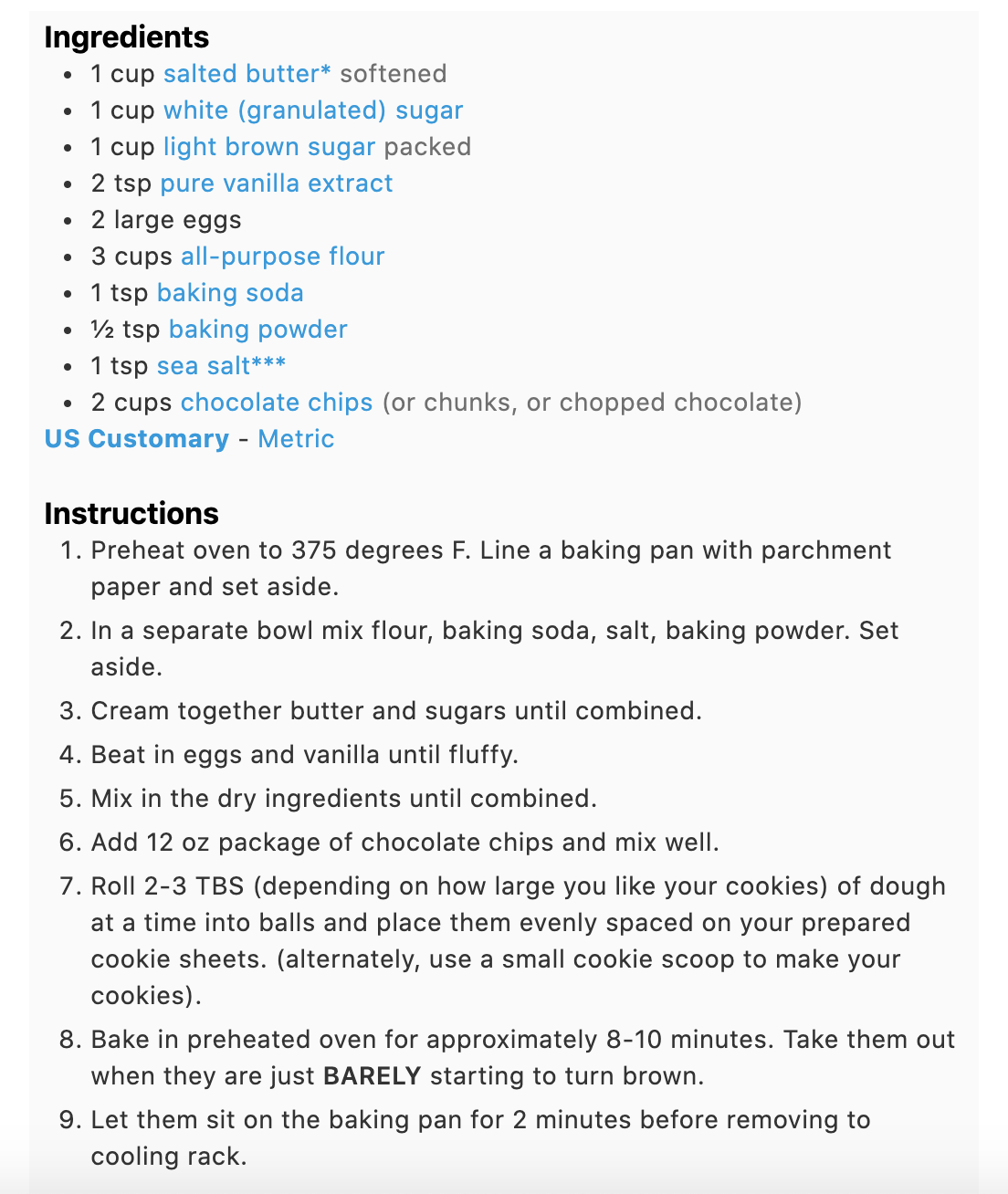6. Methods¶
You may have noticed that computer scientists are very specific about the language they use to describe different components of a Java program. See, there’s a reason why I ask you to complete those really long vocabulary activities every week! I know that it probably felt a bit excessive at first and maybe a tad unnecessary at times, but I promise, it will payoff to learn these words.
Why? First of all, the AP CSA exam is a vocabulary test in disguise. Plain. And. Simple. You will be asked to complete tasks that can be perceived as quite difficult only because they are filled with exotic-sounding terminology. If you work to memorize and make sense of the words we encounter in this class, you will instantly know what these questions are asking for, and thus, you will be more likely to provide a sensible response. Uh, do I smell a 5 in your future? I think I do. :)
More importantly, having a shared language will allow you to communicate your thoughts and ideas in a way that helps others expand upon them. Without this mastery of vocabulary, you will be left trying to describe your plans in a way that often leave your peers and instructors really confused.

So, make our lives easier by continuing to internalize the following five terms:
Really Important Vocab
Class
Object
Attribute
State
Method
We saw these terms at the very beginning of the year, and will continue to learn about them because they are the core of every object oriented program. So let’s recap a little:
A class is the blueprint that your computer follows in order to make an object. Objects, in turn, have a state, which is described by class attributes (cough instance variables cough).
In many cases, the state of your object is not static; it changes over the lifetime of your Java program! We can act on or make changes to an object’s state using methods.
A method is a block of code that can be used over and over again to perform a specific action. Think of methods as the recipes of computer science! In the recipe, there are steps that need to be followed, and each step is specific about what needs to happen. Consider the following recipe for “the best chocolate chip cookies ever”:

Notice that this recipe, like most recipes, lists the ingredients that are needed at the top, and the steps that need to be performed at the bottom. And if you actually want to make the “best cookies ever”, you can’t just haphazardly perform the steps that you feel like completing, with whatever ingredients that you feel like using that day; you have to follow the recipe EXACTLY as it is written.
Computers treat methods the same way! They want to make the “best cookies ever”, so they carefully grab the ingredients listed at the top and execute each step in the recipe EXACTLY as it is written, from top to bottom (it wouldn’t make sense to follow a recipe from bottom to top now, would it?).
Sadly, our computers won’t be used to bake cookies this term (boo!). Instead, we will use methods in order to interact with the objects found in our Java programs. Over the next few weeks, we will learn how to create increasingly more complex methods to our Java programs because this will allow us to manipulate the state of our objects in incredibly useful ways1.
How do you actually create a method in your Java program? Keep reading to find out!
- 1
If you’re feeling a little freaked out right now, you’re not alone! Methods represent a generally scary time in a programming class because there is often many ways to design them. It’s like asking someone to come up with a recipe for the “best cookies ever” – do you reaaaally think there’s only one recipe in this world that can produce some bomb cookies? No! Keep this in mind moving forward; method design and implementation is another time in this class where your justification and rationale is just as important as the code itself.
